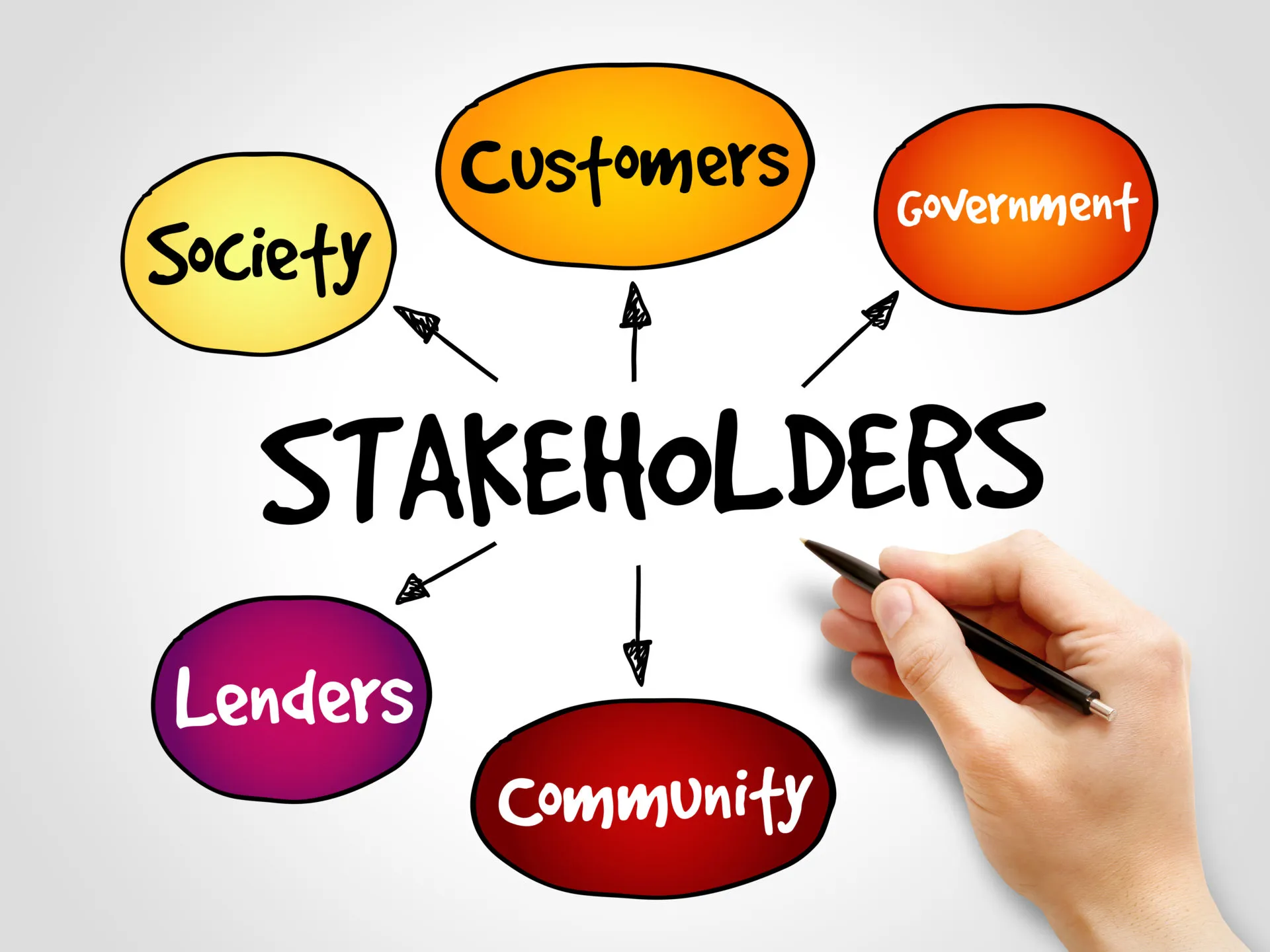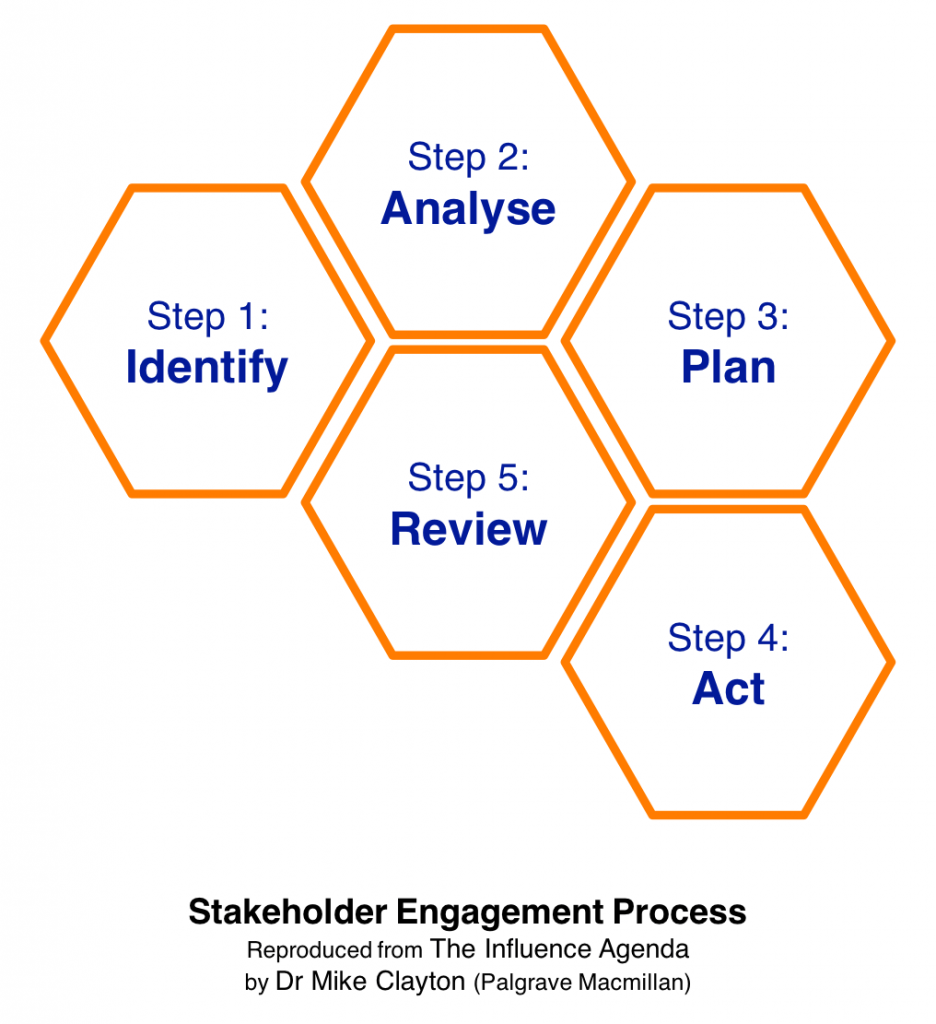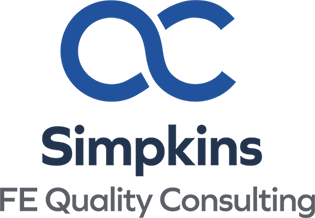
The Importance of Stakeholder Engagement in Quality Improvement
Stakeholder engagement is an essential process involving all relevant parties’ active participation in decision-making, policy development, and continuous improvement. Engaging stakeholders, whether employees, customers, learners, industry partners, or community representatives, ensures that various perspectives are considered, leading to more comprehensive and effective outcomes. In the context of quality improvement, stakeholder engagement facilitates collaboration and shared ownership over improvement processes.
Overview of Stakeholder Engagement in Further Education
In further education, stakeholder engagement is vital in maintaining high-quality standards and fostering learner success. Institutions rely on contributions from various stakeholders, including staff, students, employers, regulatory bodies, and industry representatives. By actively involving these groups, educational institutions can create programs responsive to current industry trends and meet the needs of learners and the broader community.
Benefits of Stakeholder Engagement
Stakeholder engagement brings multiple advantages to the quality improvement process in further education. Engaging different groups ensures that all viewpoints are considered, leading to a more holistic approach to improvement.
Improved Program Relevance
Educational institutions can align their programs with current industry needs by engaging employers and industry representatives. This ensures that learners gain the skills employers seek and improve their employability. For example, when industry leaders are involved in curriculum development, programs are better tailored to market demands, which is vital in bridging the gap between education and employment.
Enhanced Learner Satisfaction
Involving learners in decision-making ensures that their needs are heard and addressed. This can lead to higher engagement and satisfaction, as students feel their voices are valued. Feedback mechanisms, such as surveys and focus groups, can serve as an essential tool for identifying areas for improvement directly from the learners.
Stronger Collaboration Between Stakeholders
Engagement fosters stakeholder collaboration, encouraging cooperation and a sense of ownership over the improvement process. For example, when educators, employers, and learners work together, the institution can respond more quickly and efficiently to changes in the industry.
Greater Accountability and Transparency
Accountability and transparency are increased when stakeholders actively engage in the quality assurance process. Regular feedback from all groups ensures that the institution remains open to improvement and proactively addresses any issues.
Why is Stakeholder Engagement Important?
The importance of stakeholder engagement lies in its ability to shape institutional decisions that benefit everyone involved. Involving stakeholders early in the quality improvement process ensures that different perspectives are incorporated, which results in more effective and relevant programs. Effective stakeholder engagement can:
- Ensure that educational offerings remain current and aligned with industry standards.
- Improve learner experiences by addressing their concerns and enhancing support systems.
- Help staff feel more connected to institutional goals, boosting morale and motivation.
Continuous improvement becomes achievable by creating a feedback loop between stakeholders and the institution, ultimately leading to better educational outcomes and stronger community ties.
The Importance of Stakeholder Feedback and Management
Stakeholder feedback plays a crucial role in ensuring that quality improvement initiatives are aligned with the needs of all involved parties. Regular feedback mechanisms such as surveys, consultations, and advisory boards are essential for:
- Identifying areas for improvement: Engaging stakeholders in open discussions helps institutions gain insights into areas that may require adjustment.
- Adjusting strategies based on feedback: By incorporating stakeholder suggestions into policy and program changes, institutions can remain agile and responsive to changing needs.
- Encouraging stakeholder buy-in: When stakeholders feel that their feedback is valued and acted upon, they are more likely to remain engaged and invested in the institution’s success.
In tandem with feedback, stakeholder management is essential to organising the diverse input from different groups. Effective stakeholder management ensures that communication remains clear, expectations are aligned, and the institution can efficiently address the needs of its stakeholders.
What Strategies Can Be Employed to Engage Internal Stakeholders Effectively?
Engaging internal stakeholders is crucial in ensuring that quality improvement efforts are successful. Below are strategies for engaging internal stakeholders effectively:
Establish Clear Communication Channels
Internal stakeholders need easy access to information about institutional policies and changes. Online platforms, regular meetings, and email or internal portal updates help ensure transparency.
Create Feedback Mechanisms
Use surveys, suggestion boxes, and focus groups to collect input from internal stakeholders. Encourage participation in committees where staff and students can contribute directly to quality improvement efforts.
Promote a Culture of Collaboration
Encourage cross-departmental collaboration, where educators and administrators can share best practices and insights. Collaborative working groups can address critical challenges and have ideation sessions to discover new solutions.
Implement Professional Development Programs
One effective way to engage staff is through coaching and mentoring programs, which help build skills and foster personal growth. These programs contribute to stakeholder engagement by creating a more supportive and motivated environment.
The coaching and mentoring culture can be illustrated through the following visual, which highlights its role in fostering professional growth:

Stakeholder Groups Involved in Quality Management within Further Education
Understanding the importance of engaging different stakeholder groups in quality management is key to improving institutional effectiveness. These groups include:
- Learners: They provide valuable feedback on the quality of teaching, learning resources, and their needs.
- Educators and Administrators: Their insights into daily operations and challenges are essential for driving internal improvements.
- Employers and Industry Representatives: Their feedback helps ensure that the curriculum remains aligned with the skills needed in the workforce.
- Regulatory Bodies: They oversee and ensure institutions comply with legal and accreditation standards.
By working closely with each of these stakeholder groups, institutions can adopt a more inclusive approach to quality management that meets the needs of all involved.
Stakeholder Engagement Process
The stakeholder engagement process is typically broken down into clear steps. This process can be visualised in the following 5-step model:
- Identify Stakeholders
Determine who your stakeholders are and what their interests might be. - Assess or Analyse Stakeholder Interests
Identify the priorities and concerns of each stakeholder group. - Develop and Plan the Strategies
Create specific strategies to engage each group based on their interests. - Implement Actions (Act)
Put your engagement strategies into action using each group’s most appropriate communication tools. - Review and Improve
Continuously review the effectiveness of stakeholder engagement efforts and make improvements as needed.
This 5-step process is illustrated below:

Components of Stakeholder Engagement
According to the article from Sage Journals, stakeholder engagement is underpinned by three critical components that shape its effectiveness:
Moral Engagement
Moral engagement emphasises involving stakeholders based on ethical principles and mutual respect. This component is rooted in fairness and acknowledging each stakeholder’s intrinsic value. Institutions build trust and commitment by fostering an environment where every participant feels respected and valued, which is essential for sustained collaboration.
Critical Aspects of Moral Engagement:
- Inclusivity: Ensuring that all relevant voices, regardless of their position or influence, are considered.
- Respectful Dialogue: Promoting open, respectful discussions that prioritise understanding and empathy.
- Ethical Responsibility: Upholding ethical practices that safeguard the interests of all stakeholders.
Strategic Engagement
Strategic engagement focuses on aligning stakeholder participation with specific organisational goals. This approach ensures that stakeholder interactions contribute directly to the broader mission and vision of the institution. It integrates stakeholder input into strategic planning and execution to drive goal-oriented
My Expert Opinion
To successfully navigate the complexities within further education, institutions must prioritise stakeholder engagement as a key component of their quality improvement efforts. Institutions can remain responsive, transparent, and accountable by actively engaging all relevant groups, from learners and staff to industry representatives and regulatory bodies. The benefits of stakeholder engagement go far beyond simple collaboration. Executing effectively leads to better learner outcomes, more relevant programs, and a motivated, well-informed staff.
Using the strategies outlined above, educational institutions can enhance stakeholder engagement practices and build a culture of continuous improvement. Effective stakeholder engagement is not just about gathering feedback; it’s about fostering long-lasting relationships that drive mutual success.
If you’re interested in embedding these strategies in your business, fill out an enquiry form here.

07585112496





